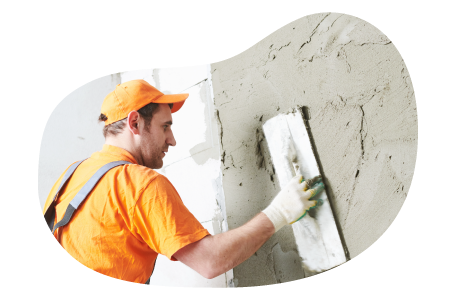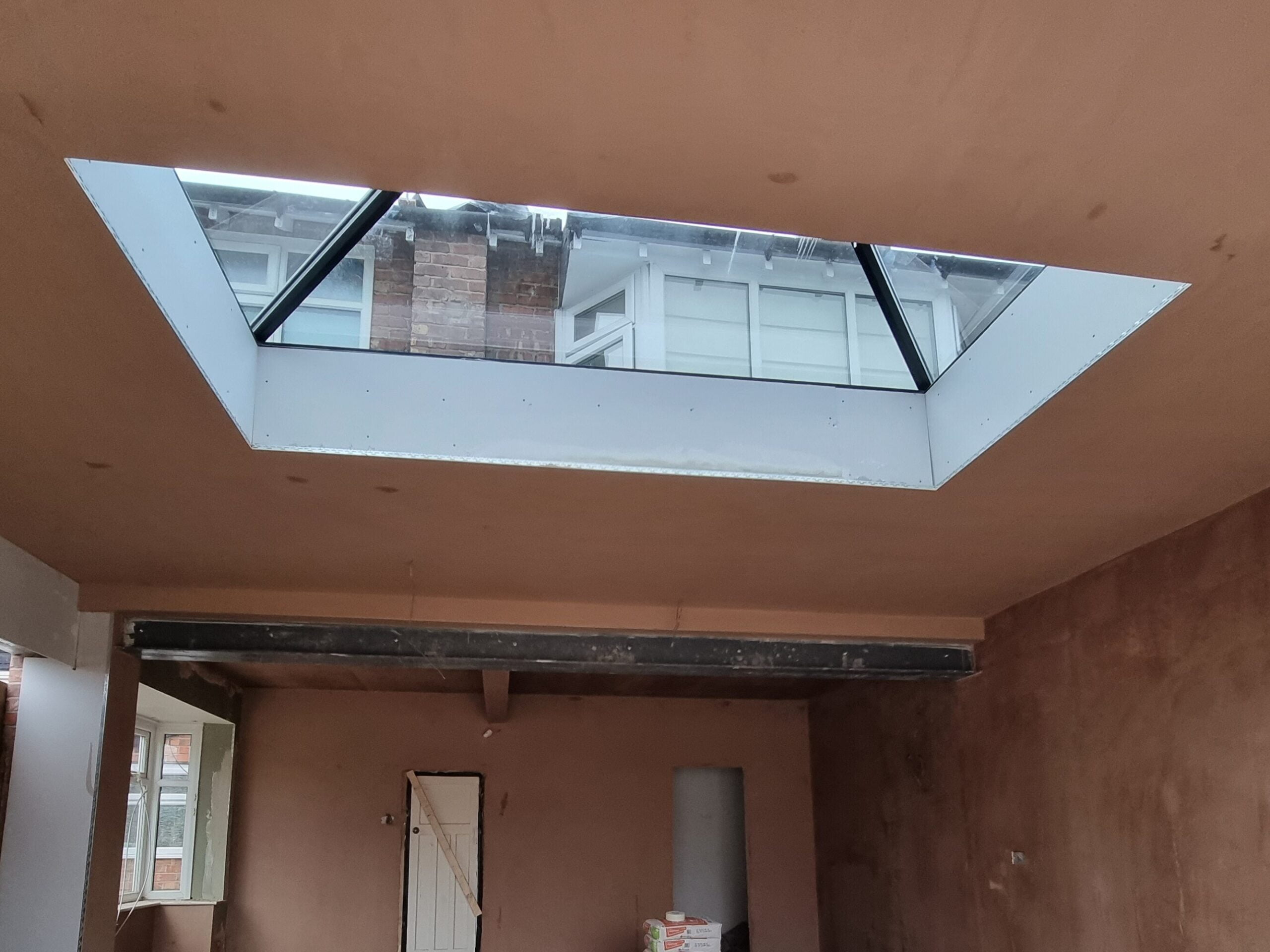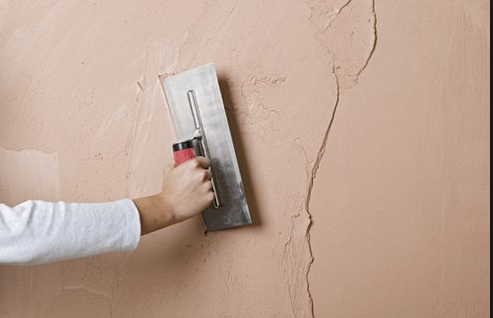Secret Tips and Devices for Effective Smudging in Your Home Improvement Undertakings
Accomplishing a flawless plaster coating in your home renovation projects needs a mix of the right tools and tried and tested techniques. Essential executes such as the hawk and trowel are critical for efficient application, while correct surface preparation lays the foundation for success. Moreover, understanding the subtleties of blending plaster and using it in slim layers can dramatically affect the last end result. As we discover these basic elements, it becomes obvious that avoiding usual pitfalls can elevate your plastering skills-- ensuring your next job not just meets but goes beyond assumptions.
Necessary Smudging Devices
The crucial tools encompass a range of implements developed to help with the smudging process effectively and properly. Key components consist of a hawk, which is a flat, square tool utilized to hold the plaster while using it to surfaces.

In addition, a mixing bucket is necessary for preparing plaster, making certain the appropriate consistency before application (Plastering). Together, these essential plastering devices make it possible for both experts and Do it yourself enthusiasts to accomplish high-grade results in their plastering jobs.
Surface Area Preparation Techniques
Effectively preparing the surface area before plastering is important for ensuring adhesion and achieving a perfect surface. The primary step entails cleansing the surface area to remove any dust, grease, or old paint that might prevent the plaster's capacity to bond effectively. A detailed wash with a suitable cleaning solution is recommended, complied with by rinsing and enabling the surface to dry completely.
Following, analyze the surface area for any imperfections or cracks. These ought to be loaded with an appropriate filler substance and enabled to heal according to the producer's guidelines. For porous surfaces, using a primer is necessary to enhance and develop an uniform structure attachment.
Furthermore, it is important to make sure that the surface area is steady and structurally noise. Any type of loose products, such as flaking paint or damaged drywall, need to be fixed or removed. If functioning with masonry surfaces, take into consideration making use of a scratch layer to improve grip.
Combining Plaster Like a Pro

Utilizing a tidy mixing container, redirected here put the water first, after that gradually add the plaster powder while mixing continuously. This method helps to protect against clumping and makes certain an even distribution of materials.
Once combined, allow the plaster to relax for a few mins to allow the gypsum crystals to moisturize fully. This resting duration improves workability and decreases the danger of breaking throughout application. By following these steps, you can mix plaster like a professional, setting the structure for a successful gluing job in your home improvement endeavors.
Application Techniques for Smooth Finishes
With the plaster mix prepared to the perfect uniformity, the following step involves choosing suitable application methods to accomplish a smooth coating. This device enables for a fine, even distribution of plaster across the surface while minimizing trowel marks.
Begin by using a charitable quantity of plaster to the surface using the trowel, guaranteeing it sticks well. Once the first coat is used, utilize a sweeping movement to smooth the surface area, applying also pressure.
For the last touches, a moist sponge can be used to fine-tune the surface further. Gently mist the plaster with water and carefully rub the surface area to accomplish a polished effect. Constantly remember to function in small sections to keep control over the application process, making certain a smooth, expert surface throughout your plastering task.
Usual Errors to Stay Clear Of
When embarking on a gluing task, preventing usual blunders is important for accomplishing a flawless finish. Make sure that all dirt, oil, and loose products are gotten rid of prior to using plaster.
One more typical blunder is using plaster also thickly. Thick layers can fracture as they dry, endangering the honesty of the coating. Rather, opt for multiple thin layers, allowing each coat to completely dry entirely prior to using the next.
Additionally, poor mixing techniques can cause irregular texture and workability. Always adhere to the supplier's directions for blending ratios and thoroughly blend the plaster to accomplish an uniform consistency.

Timing likewise plays an essential function; plaster ought to be used while the substratum is damp to improve attachment. Top notch trowels and floats can make a considerable distinction in attaining a smooth surface.
Final Thought
Efficient smudging needs a comprehensive understanding of important tools and methods. By using appropriate equipment, making sure careful surface preparation, and adhering to recommended our website mixing ratios, optimal results can be achieved. Using proper application methods better enhances the coating, while awareness of usual errors can prevent troubles. Mastery of these elements not just contributes to the visual charm of a room however also makes certain toughness and site here durability in smudging projects, making them indispensable to successful home improvement undertakings.
A float is an additional crucial tool, which assists in leveling the plaster and attaining a consistent surface area.

By following these steps, you can mix plaster like a professional, setting the structure for an effective plastering task in your home improvement undertakings.
Lightly mist the plaster with water and delicately massage the surface area to attain a sleek effect.
Comments on “Plastering Advice from Professionals: Finest Practices for Success”